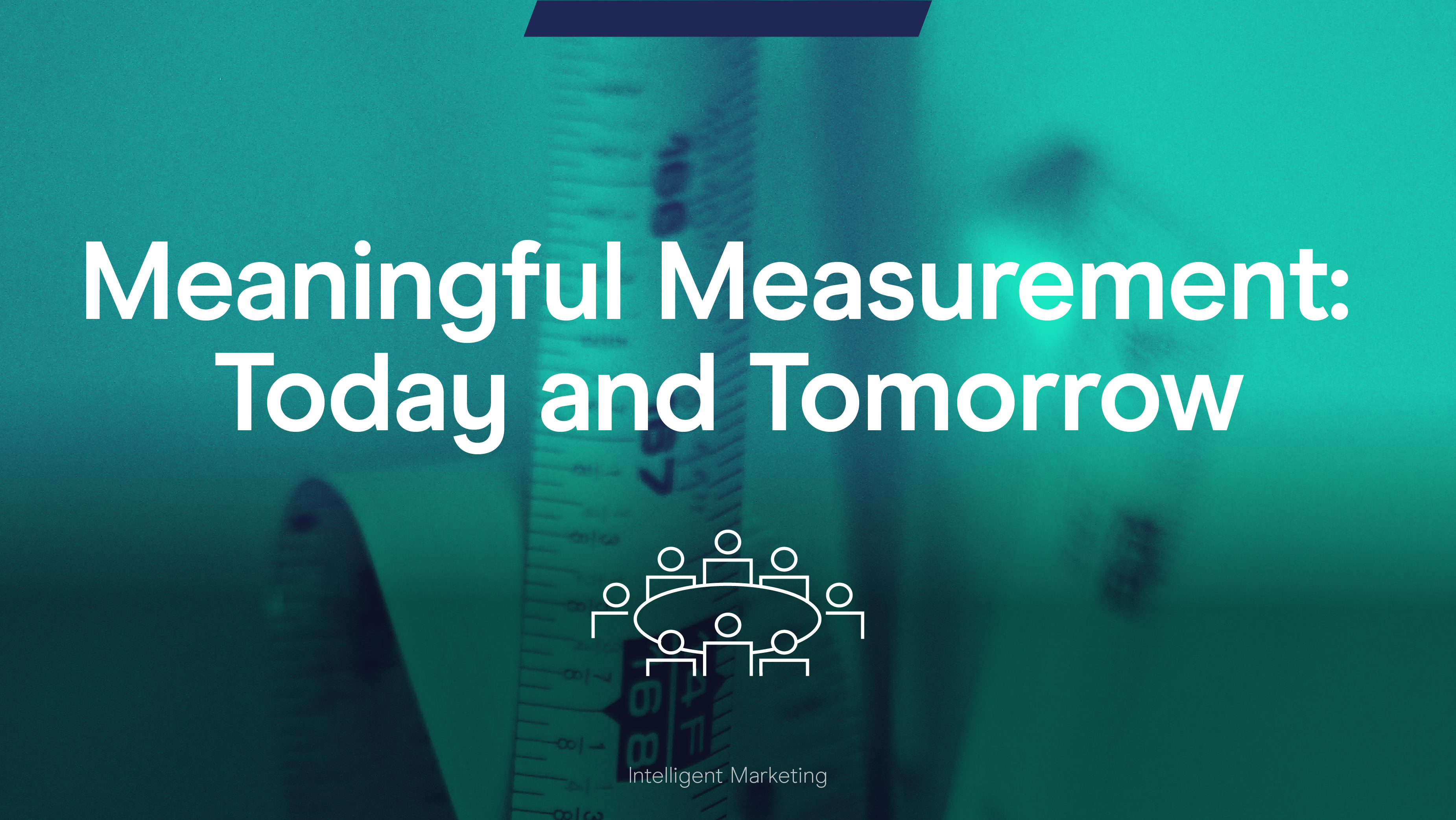Google Ads Smart Solutions: Portfolio Bid Strategies What are they, and why should every PPC marketer consider using them?
18 Aug 2020

Over the past several years, Google has been offering new ways to leverage machine learning, and this has resulted in an ever-expanding offering of smart solutions, automatic bidding strategies, formats built around automatic settings, and so on. Initially, marketers might have been sceptical of these offerings, and perhaps rightly so some years ago when Google first started to introduce them. Not only were the results arguably on par with a manual CPC bidding strategy for example, but for many “handing the controls” over to Google left a sour taste in one’s mouth.
These points are still valid of course, but in an ever-changing world, it is also advisable for any PPC practitioner to try to make the most out of every offering available, in order to test, test, and test again, and control as many levers as possible to truly maximise returns.
Here at Altair Media, we are all about Making Paid Search Amazing, which brings us to the latest technique we should all be leveraging when testing any Smart Bidding Solution: Portfolio Bid Strategies.
So, what is a Portfolio Bid Strategy?
A portfolio bid strategy is an automated bid strategy that allows you to group multiple campaigns, ad groups and keywords together in order to work towards a common goal.
Google’s portfolio bid strategy automatically set bids to help you reach your goal in line with the following smart bidding strategies; Target CPA, Maximise Conversions, Maximise Conversion Value, Target ROAS, Maximise Clicks and Target Impression Share.
Portfolio Bidding has been around for a while now, but like most of Google’s offerings, it continues to be upgraded and given new tools in order to better service our day-to-day PPC account management.
There are several benefits to using Portfolio Bidding:
1.It allows campaigns to share data
By combining campaigns together into a single portfolio, we are telling Google to share data and signals between each, which naturally becomes a boost to any campaign already running a Smart or automatic bidding strategy. As Smart Solutions make use of a plethora of user signals and datapoints, giving the greenlight to utilise grouped campaigns’ information will inherently give a boost to this process.
2.It makes campaigns work together for a common goal.
It sounds a lot like regular Smart bidding already, but Portfolio Bidding takes it one step further by forcing campaigns to work towards a final, common KPI, such as a single Target CPA, or perhaps a Target ROAS.
Google has in fact expanded Portfolio Bidding’s offering to cover the most recent Smart Bidding Strategies offered on Google Ads: in addition to Target CPA, Target ROAS, Maximize Clicks, and Target Impression Share, we can also see portfolio bid strategies Maximize conversions and Maximize conversion value.
As such, portfolios really do become an attractive option when grouping campaigns which tend to share similar themes, KPI targets, as well as types of segmentation (such as location, audience, demographics, etc).
It’s also handy when pairing with other options in Google Ads, namely Shared Budgets.
3.Paired with a Shared Budget, it allows Google to allocate budget where it can be best spent
One of the best things that stands out when utilising Portfolio Bid Strategies is when combining them with shared budgets. No matter the bid strategy chosen, by having a collection of campaigns grouped together under a Portfolio, thereby sharing one end-all target metric goal, and overlaying this with a shared budget, you can easily and effectively manage numerous campaigns using a single budget, and this especially becomes useful if that budget is small to begin with.
There are some limitations
Drawbacks of this approach are of course that Google may overlook some campaigns in favour of others in order to reach the target assigned to the Portfolio. The answer to that however is to simply segment the portfolio and assign a separate one for those campaigns.
What’s more, Portfolio Bidding should not be used for campaigns with differing objectives. Doing so will mean that these campaigns are directed to specific goal rather than their specific needs.
And, Portfolio Bidding would not be suitable for anyone who has visibility objectives, or looking to 'ego-bid' or have an “always-on” approach to certain ad groups or products, as Google can favour the keywords that deliver in line with the target strategy, i.e. Target CPA or Maximize Clicks for example.
How to Implement Portfolio Bidding Strategies
There are three options for when setting up Portfolio Bidding: on campaign setup, on existing campaigns within campaign settings, and finally from within the shared library – Bid Strategies. In any case, whether it be a new or existing campaign, setting up a portfolio itself is straightforward, and involves creating a new portfolio using the “+” button, and assigning the respective campaigns and smart bidding strategy.
Conclusion
Portfolio bidding is a great solution for grouping campaigns with common targets, themes, and ad formats together, but that also doesn’t mean we have to rely on only one portfolio for everything! Like everything else, it is important that any PPC practitioner finds what works for their account, striking the best balance.
But to conclude our point, Portfolio Bidding is simply another tool that can be leveraged within any Google Ads account, to be added anyone’s PPC repertoire, and used in conjunction with other approaches and offerings available to them.




Please login to comment.
Comments